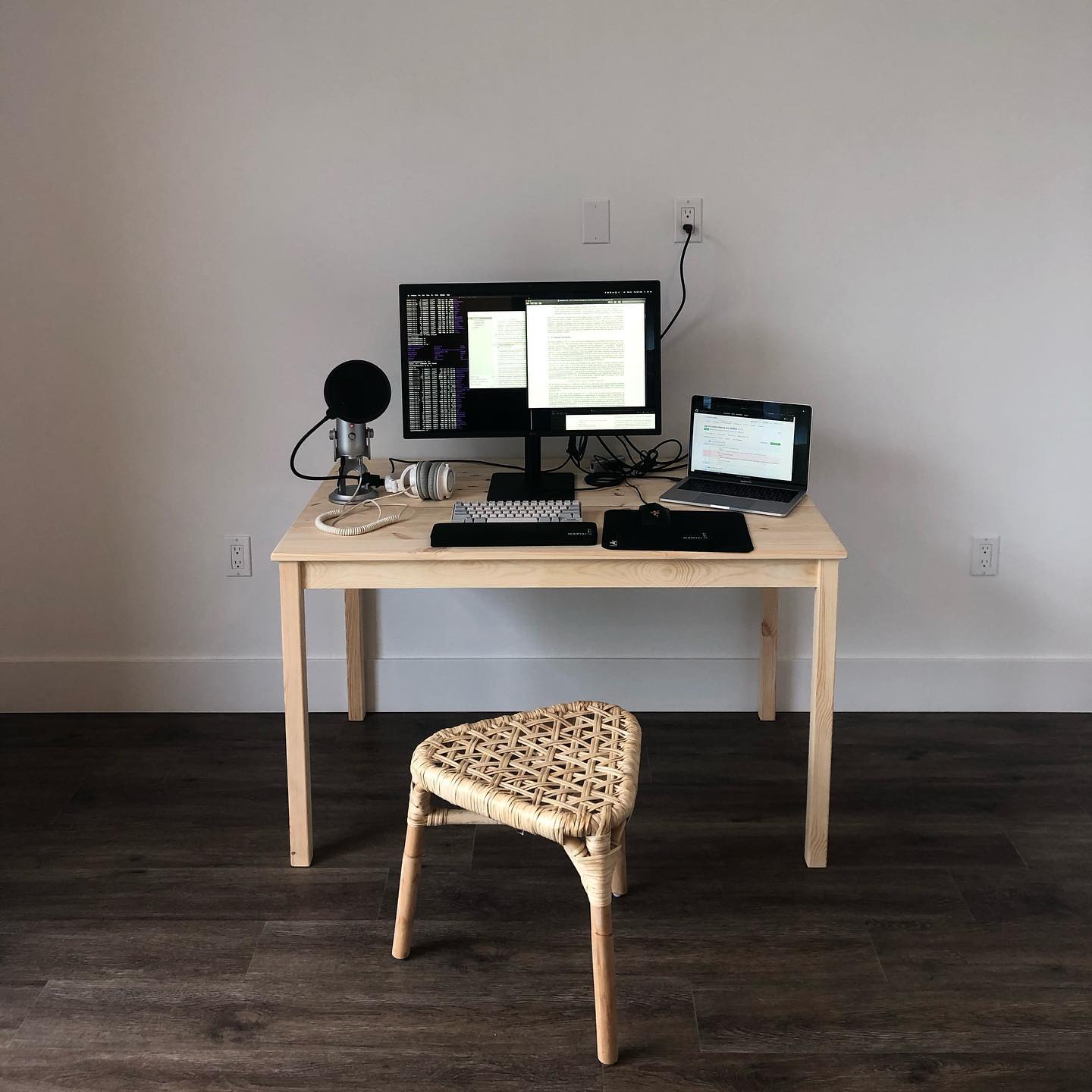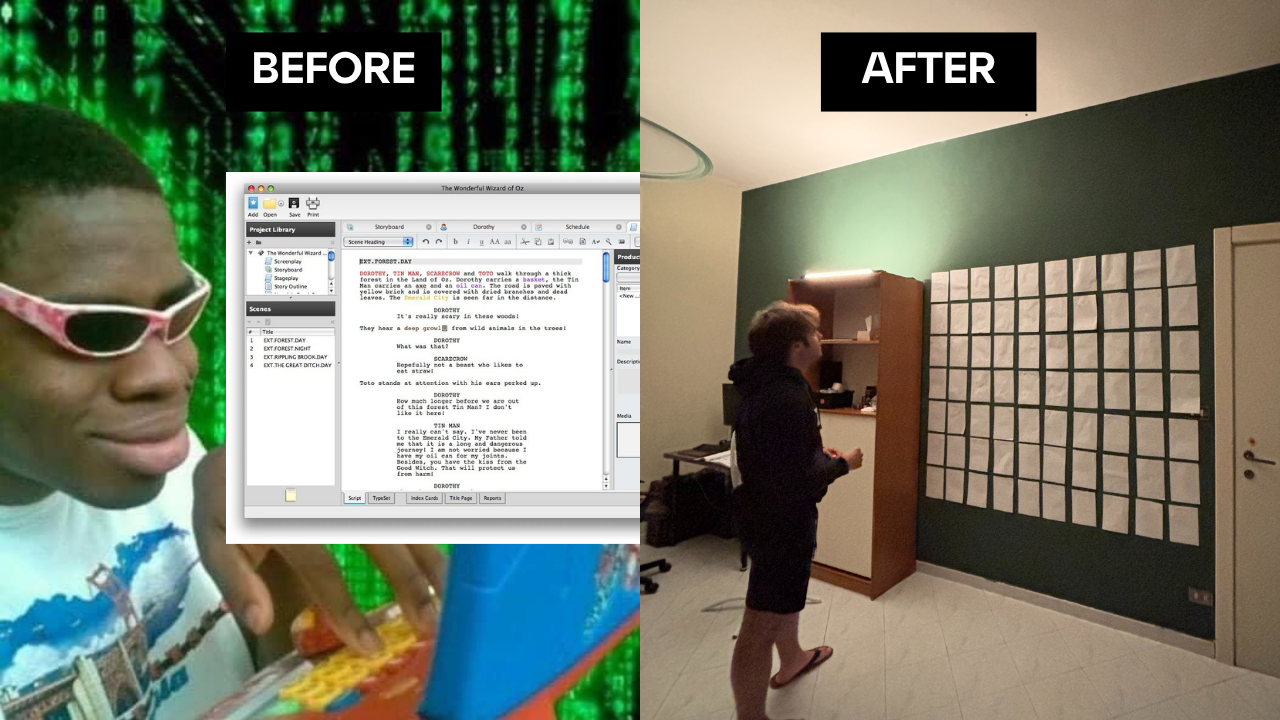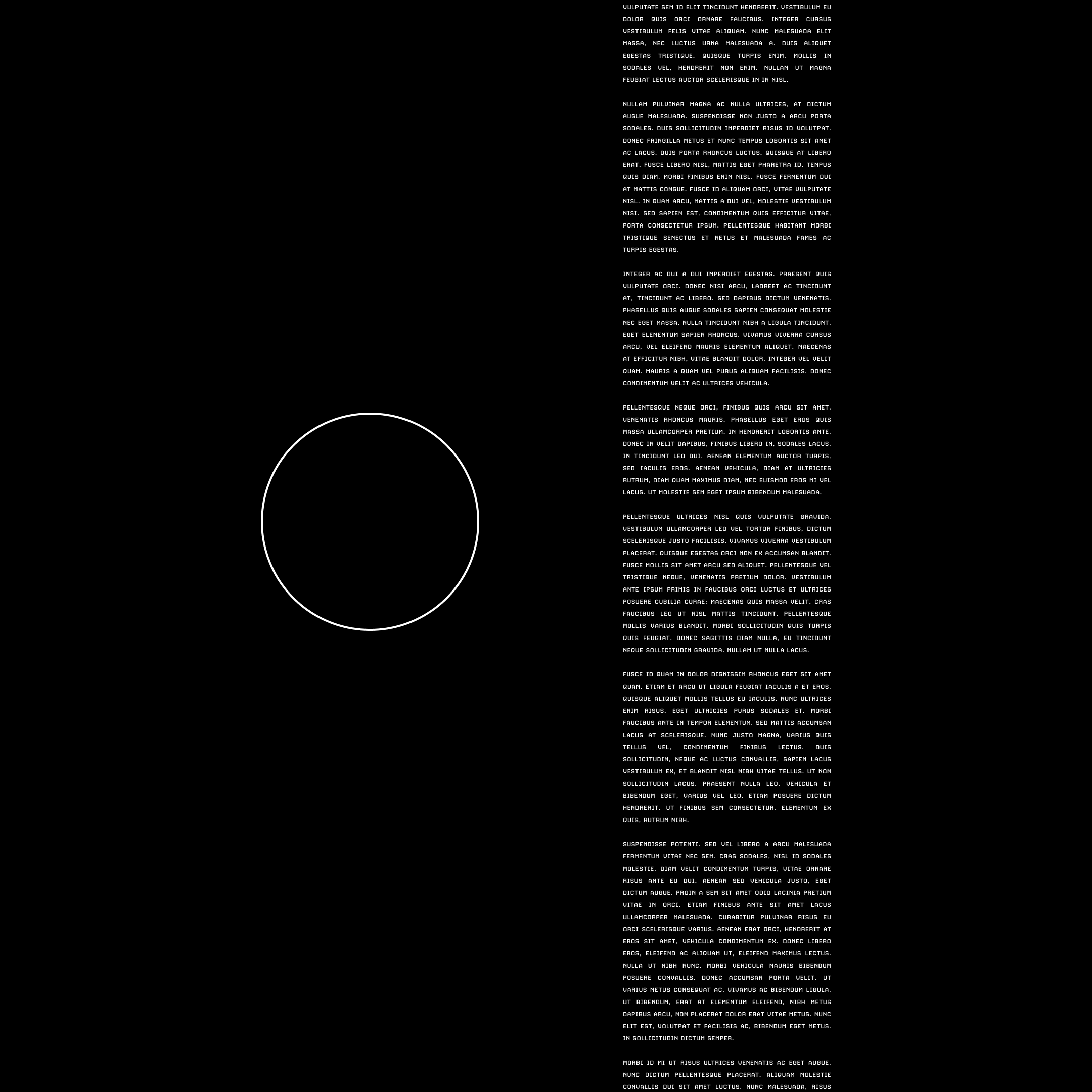On concrete and distractionless visualization.
1. Lay everything relevant out
Once you have a name for something, you can start to talk about it, so you get power over it. You own it.More generally when you from ambiguous ideas or plans living inside your head you have nowhere to make progress on them: when they’re ambiguous then wherever you attack them they will find a way to escape. On the other hand, when you name something, write something down, or bring something together, the finiteness and/or quantifiability of the thing bring constraints, which restrict the search space, which makes it easier to explore.
In other words, it makes everything less intimidating. It shows the way by delimiting the map.
When you can see both the target and the place you are currently standing, it feel possible, it keeps hope alive.
2. Throw everything else away
Once you have laid everything relevant out, you want to strip everything else away.- You want to focus on the relevant search space and not waste distractionful energy procrastinating away: you naturally avoid the wrong things by just removing them from the possibilities
- Stripping everything else away will create space, which will fill you with abundance, which will calm you down, which will make you sharpe
In practice,
When I do math on small paper and I need to turn pages when finishing calculations that don’t fit in one, as soon as I turn page I feel lost. When using large pieces of paper such that I can visualize the work from start to finish in one place, it somehow gives me much more peace and clarity.Same goes for working on a laptop with a small screen, looking at one window at a time or a single paragraph in a document at a time, compared to using a display and seeing all the windows there for me when I need them, plus reading the entirety of documents from start to finish in one page.


